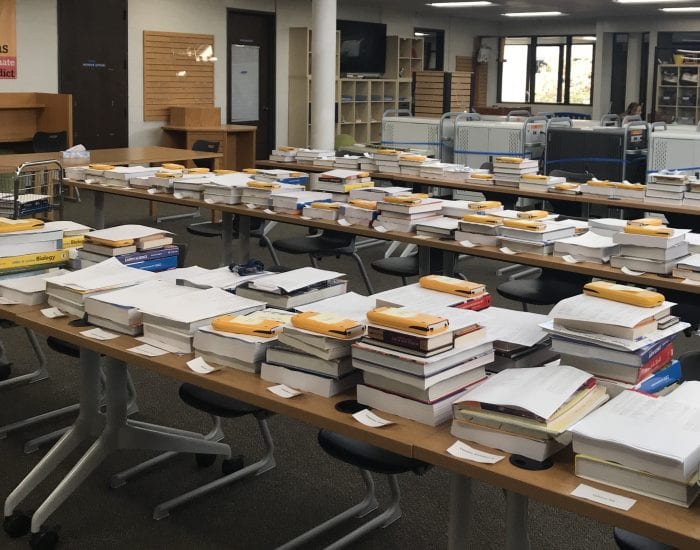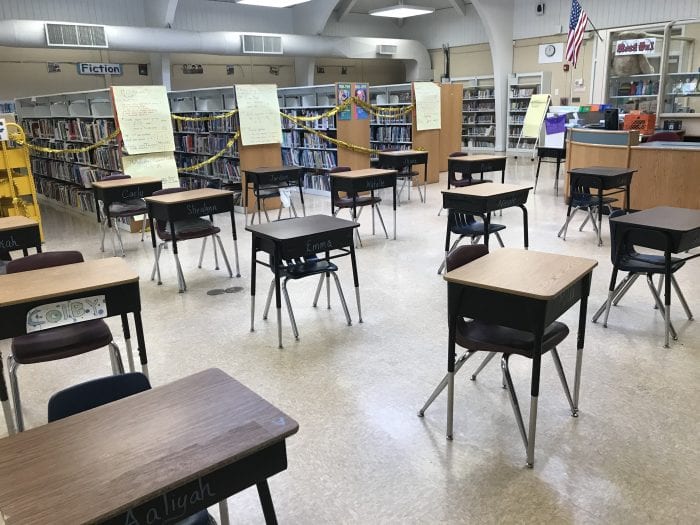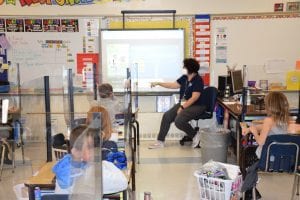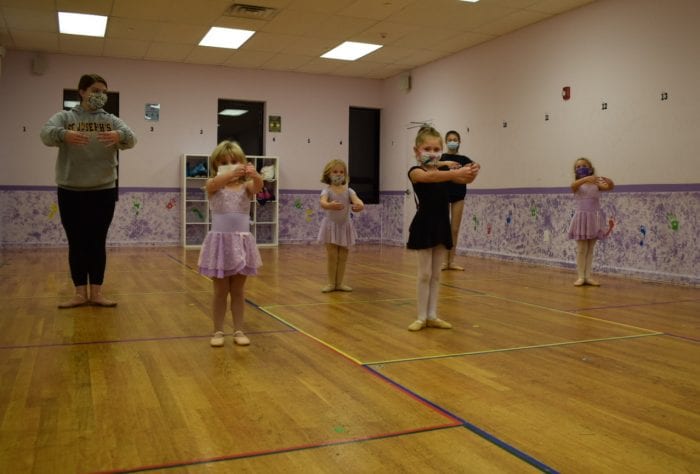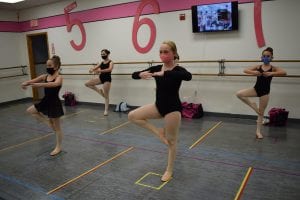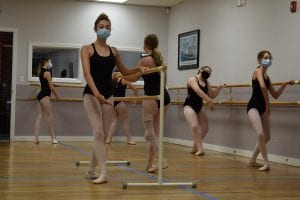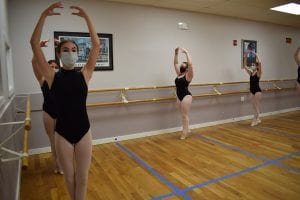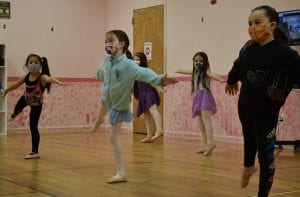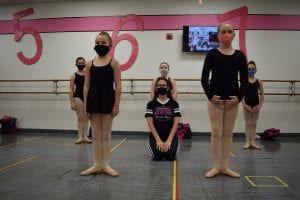School libraries are looking a little different nowadays.
In response to the COVID-19 pandemic, Smithtown Central School District had to revamp its library protocols, said Vincenza Graham, director of world languages, ESL & library media services. Like many districts across Long Island, new initiatives have changed how students take out books, read and learn.
“Pandemic or not, libraries are used to constant change,” Catherine Masrour, a librarian at High School West, said. “For years, libraries have been evolving as a result of the rise in access to digital information and the constant and ever-changing world of technological innovations.”
Masrour said that as librarians, they are constantly looking at their students’ needs, trying to provide them with the best resources to be successful — including in a virtual world.
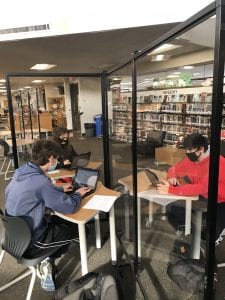
“I felt so proud last week when one of my students contacted me to share the news of her college acceptance,” she said. “She thanked me for helping her with her college essay last spring via several Google Meets, and then again, this fall just before she submitted her final application. Hearing the excitement in this student’s voice gave me one more reason to say that I love what I am doing.”
Smithtown elementary schools began virtual programs and fully remote options to students and had to revamp book circulation to keep the library safe for students and staff.
“This system has required the students to truly look beyond the cover of a story, and many have shared that they wouldn’t have taken out some of the books they truly enjoyed if they hadn’t utilized this system,” said Ellie Eichenlaub, a librarian at Dogwood Elementary School and Smithtown West High School. “While this school year has brought some unique challenges, it is nice to reflect on some of the good that it has brought to our students.”
And when staff was back at school in September, Michelle Robinson, a librarian at Tackan Elementary School, said her students wanted to pick up right where they left off in March.
“My fourth-graders were asking if we were going to continue working with author Robin Newman as we did in third grade, and my fifth-graders were asking if we were going to work on our Summer Olympics sport research project that we began at the end of February of fourth grade,” she said. “It made me realize how much they had missed our library as well.”
Keely Schuppert, a librarian at St. James Elementary School, said librarians at her level are in a unique situation of being able to watch their students grow as readers each year from kindergarten through fifth grade.
“It’s the greatest feeling to be able to provide a student with a book they’ve really been wanting to read,” she said. “With masks being a necessity, we have all become very skilled at reading our students’ eyes. It’s the beautiful glimmer in a child’s eyes that reminds me why I love what I do each and every day.”
Middle schoolers have been able to take out e-books through a new digital platform and are gaining access to print resources by placing holds on books via the library catalog, according to director Graham.
“After our revamped library orientation for sixth-graders, one student asked if we had any manga [Japanese publications],” said Sheila Tobin Cavooris, a librarian at Great Hollow Middle School. “She was so excited when I showed her our graphic format collection, and her enthusiasm was echoed by a number of other students who shared her interest.”
Accompsett Middle School librarian Donna DeLuca said that while sixth-grade orientation was a bit challenging this year, she wanted to keep things as close to normal as possible.
“At AMS, we had our usual scavenger hunt throughout the library to learn about the different sections and resources available,” she said. “In each section, students recorded themselves talking about what they learned. Even though we followed mask, social distancing and ‘no touch’ guidelines, students were so happy to be up and about and not sitting in front of a screen.”
The human touch is still all important. “When I run after-hours office hours through Google Meet, sometimes from 8 to 9 at night, the kids are appreciative to see a friendly face, happy to be able to ask questions and relieved to know the library safety net is still there,” Smithtown High School East librarian Jean Marie Kliphuis said. “I’ve always told them that our job is to support their work, and whether we are digital or in person, that hasn’t changed.”

